Alcohol Reactions: Alcohol Toslyation using TsCl
Alcohol Reactions: Tosylation (TsCl/pyridine) and Common Follow-Ups
TsCl with pyridine converts an alcohol into the corresponding tosylate (ROTs), upgrading hydroxyl from a poor leaving group into a superb sulfonate without disturbing the C–O sigma bond. Configuration at the carbon bearing oxygen is retained during tosylation; the follow-up reagent dictates the functional group. Pair ROTs with halides, azide/cyanide, acetate, or small alkoxides for SN2 substitution (inversion). Reach for bulky t-BuO⁻/t-BuONa, non-nucleophilic DBU/DBN, or LiAlH₄ to steer elimination or reduction, and reserve warm ROH/H₂O for solvolysis concept panels.
Quick Summary
- Activation: TsCl/pyridine converts ROH to ROTs in two steps (sulfur attack, deprotonation) with complete retention at the carbon center.
- Downstream control: The second reagent defines the functional group: halides, azide/cyanide, acetate, alkoxides, hydride, bulky bases (t-BuO⁻/t-BuONa), and non-nucleophilic bases (DBU/DBN) all start from the same ROTs checkpoint.
- Substrate-class trends: Primary ROTs race through SN2; secondary sites juggle SN2 vs E2; tertiary sites eliminate (DBU/DBN or t-BuO⁻) rather than substitute.
- Stereochemistry accounting: Tosylation (retention) × SN2 (inversion) = net inversion; pure E2 retains the β-anti relationship and gives alkenes set by anti-periplanar access.
- Solvent/base tuning: Polar aprotic solvents accelerate halide or azide SN2; matching alcohol/base pairs help NaOEt; bulky or non-nucleophilic bases need heat and enforce elimination.
Mechanism — TsCl Activation, Then Pick Your Follow-Up
The frames below come directly from the OrgoSolver Mechanism Solver using 2-butanol as the substrate. Load the solver, choose the alcohol_tscl_suite preset, and toggle the variants shown to explore the same electron-pushing views.
Shared activation — TsCl/pyridine upgrades ROH → ROTs
Branch A — Halide SN2 (NaBr) delivers inversion
Branch B — Non-nucleophilic base E2 (DBU) targets the anti β-H
Why the follow-up reagent matters
Tosylation merely upgrades the leaving group. Substitution, elimination, reduction, or solvolysis only occur after you add the second reagent. The mechanism suite routes every preset through the same TsCl activation; downstream logic (NaX, NaN₃, NaOEt, t-BuOK, DBU, DBN, LiAlH₄, NaOAc, solvolysis, etc.) determines the functional group and stereochemical fate.
Follow-Up Reagent Playbook
| Reagents & group |
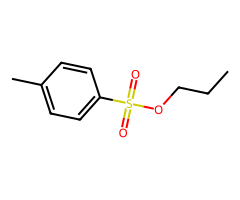 Primary ROTs
Primary ROTs
|
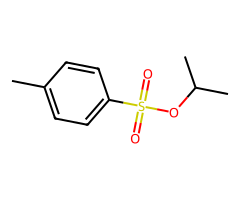 Secondary ROTs
Secondary ROTs
|
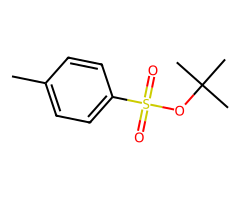 Tertiary ROTs
Tertiary ROTs
|
Highlights |
|---|---|---|---|---|
| Halides | 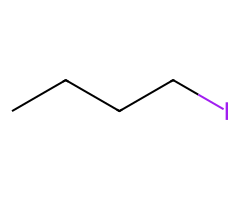 Rapid SN2 → inversion (acetone/DMF). | 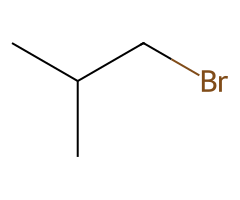 SN2 at cool temps; heat or steric bulk → some E2. | 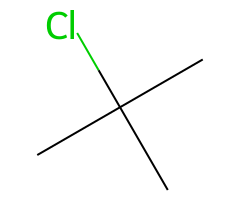 No SN2; SN1/E1 only in ionizing media. | Finkelstein (I⁻) rescues sluggish cases. |
| Pseudohalides | 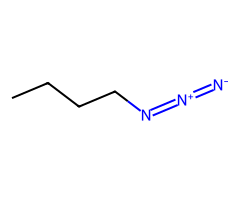 Extremely fast SN2 → inversion. | 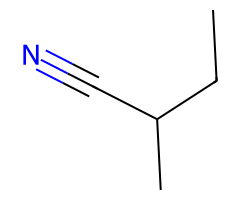 SN2 favored when cool/aprotic; warming invites E2. | 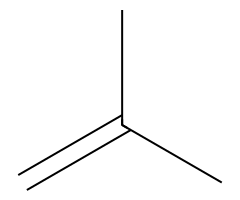 No SN2 (expect elimination only if base is added). | Allylic SN2′ common; emphasize azide/cyanide safety. |
| Small alkoxides | 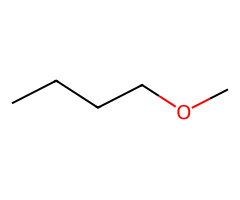 SN2 → ether (inversion). | 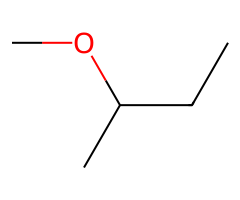 SN2/E2 tug-of-war; temperature decides. | 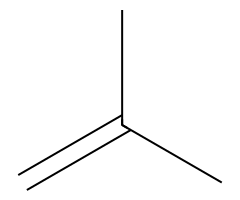 E2 only. | Classic Williamson ether synthesis from ROTs. |
| Bulky alkoxides | 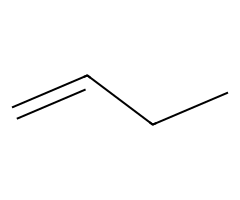 Slower SN2; Hofmann E2 if hindered. |  Hofmann-leaning E2 dominates. | 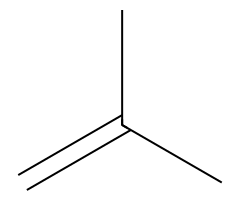 E2 exclusively. | Requires anti β-H; chairs must flip axial. |
| Non-nucleophilic bases | 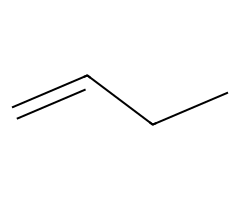 Slow E2; use for stubborn eliminations. | 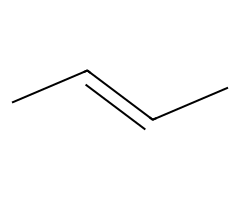 Clean Zaitsev E2 (less Hofmann bias). | 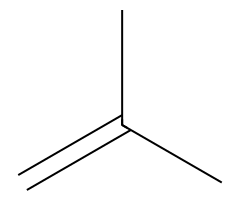 E2 exclusively. | DBU/DBN abstract β-H without competing SN2. |
Mechanistic Checklist
- Two-step activation (attack + deprotonation) gives ROTs with complete retention. All stereochemical changes happen later.
- Pick the follow-up by substrate class: primary favors halide/azide/acetate SN2; secondary needs condition control; tertiary demands elimination (t-BuO⁻, DBU, DBN).
- Non-nucleophilic bases (DBU/DBN) are Zaitsev-leaning eliminators that still require anti-periplanar β-H alignment.
- Bulky t-BuO⁻/t-BuONa bias Hofmann alkenes when anti β-H access to the more substituted site is blocked.
- Neopentyl and highly hindered secondary centers remain slow for SN2 even with ROTs; plan for elimination or activation tweaks.
- Benzylic/allylic substrates accelerate SN2 and enable SN2′ mixtures; be ready to discuss regiochemical outcomes.
- Safety: azide (energetic), cyanide (toxic), and LiAlH₄ (vigorous quenches) require dedicated notes in lab writeups.
Worked Examples
Each row highlights how the same TsCl activation pivots once you change the follow-up reagent. Click the reagent badges to load the matching preset inside the Mechanism Solver, then compare the substrate and product snapshots below.
| Alcohol class & substrate | Reagents in play | Representative product |
|---|---|---|

|
Halide presets (acetone or DMF, cool) — SN2 inversion of the activated primary center. |

|

|
Small alkoxides — Williamson ether formation dominates when conditions stay cold and aprotic. |

|
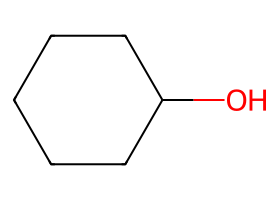
|
Non-nucleophilic or bulky bases drive anti-periplanar E2 (check trans-diaxial β-H availability). |
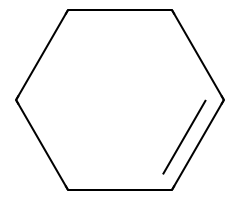
|
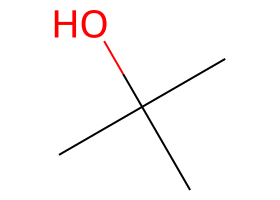
|
Tertiary ROTs eliminate — pick t-BuO⁻ for Hofmann bias or DBU/DBN for Zaitsev selectivity. |

|
Edge Cases & Exam Traps
- Neopentyl SN2 stays painfully slow—call out when problems try to trick students with “primary” labeling.
- Cyclic substrates need ROTs axial for E2. If no anti β-H is available, elimination stalls even with DBU.
- Excess heat pushes secondary ROTs toward elimination even with “nucleophilic” reagents (NaOEt, NaCN).
- Benzylic/allylic ROTs may undergo SN1 under ionizing conditions; emphasize the competition when the question expects stereochemical mixtures.
- LiAlH₄ reduces primary/secondary ROTs but can ignite elimination or rearrangement cascades on tertiary centers—stress careful quench.
- Free amines react with TsCl before alcohols; protect or reverse the order when both functional groups are present.
- Reminder: aryl/vinyl carbons do not perform SN2; mention cross-coupling or other tactics instead.
Practical Tips
- Maintain dry conditions (pyridine or Et₃N) during tosylation; quench carefully before swapping solvents.
- After activation, switch to solvent systems that match the reagent: acetone/DMF for halides or azide/cyanide, t-BuOH for t-BuO⁻/t-BuONa, MeCN or toluene for DBU/DBN.
- Track stereochemistry explicitly: ROTs formation (retention) followed by the chosen SN2 (inversion) or E2 (alkene geometry) step.
- For cyclic eliminations, pre-draw the chair to ensure an axial β-H. If absent, choose a different substrate or expect slow reaction.
- NaBr often outpaces NaCl for SN2; Finkelstein (NaI) can rescue stuck primaries.
- Highlight safety for NaN₃ (shock sensitivity), NaCN/KCN (toxicity), and LiAlH₄ (exothermic quench) in lab prep notes.
Exam-Style Summary
Activate with TsCl/pyridine (retention). From the ROTs checkpoint:
- Halides / pseudohalides / acetate / small alkoxides: Primary (fast SN2) > secondary (condition-sensitive) > tertiary (no SN2). Net inversion relative to the starting alcohol.
- Bulky alkoxides (t-BuO⁻/t-BuONa): Hofmann-leaning E2; anti β-H mandatory.
- DBU / DBN: Zaitsev-selective E2 on secondary/tertiary ROTs; minimal nucleophilicity.
- LiAlH₄: Primary/secondary ROTs → alkanes (SN2); tertiary gives elimination/rearrangements.
- Solvolysis: Warm ROH/H₂O yields SN1/E1 mixtures; use for conceptual contrast, not synthesis.
Related Reading
- Alcohol → alkyl bromide (PBr₃)
- Alcohol → alkyl chloride (SOCl₂)
- Appel reaction: alcohol → alkyl halide
Interactive Toolbox
- Mechanism Solver — load the
alcohol_tscl_suitepreset, pick substrates of different classes, and step through activation plus the NaBr/DBU (or any other) branches shown above. - Reaction Solver — compare substitution vs. elimination predictions by toggling base strength, sterics, solvent, and temperature.
- IUPAC Namer — confirm product names (alkyl halides, ethers, alkenes) directly from drawn structures without exposing learners to structural encodings.